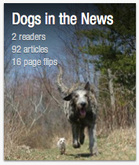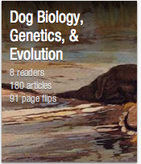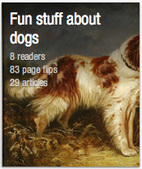Osteogenesis imperfecta (OI) is a genetic disorder causing defects in the development of collagen type I. Clinical signs of affected dachshunds include multiple fractures of bones, joint hyperlaxity and dentinogenesis imperfecta. Recently, a recessive mutation in the SERPINH1 gene was detected in dachshunds and enabled the development of a DNA test to identify dachshunds carrying the mutation. The purpose of the present study was to analyse the dachshund breeding population for the frequency of the SERPINH1 mutation among the nine different breed varieties in dachshunds, birth years and countries of origin.
We genotyped the OI-associated SERPINH1 mutation in 1352 dachshunds from 12 different European countries including all nine varieties. Genotyping was done using a restriction fragment length polymorphism validated by DNA sequence analysis. The overall frequency of OI carriers was 12.9 per cent. Across all different size varieties, the SERPINH1 mutation was over-represented in wire-haired dachshunds with 17.3 per cent OI carriers. Among the different countries, the proportion of OI carriers was highest in Germany with 20.4 per cent. The test is useful for dachshund breeders to prevent the occurrence of OI-affected dogs and as a diagnostic tool for veterinarians.
Eckardt et al 2013 Population screening for the mutation associated with osteogenesis imperfecta in dachshunds. Veterinary Record 172:364 doi:10.1136/vr.101122
 RSS Feed
RSS Feed





